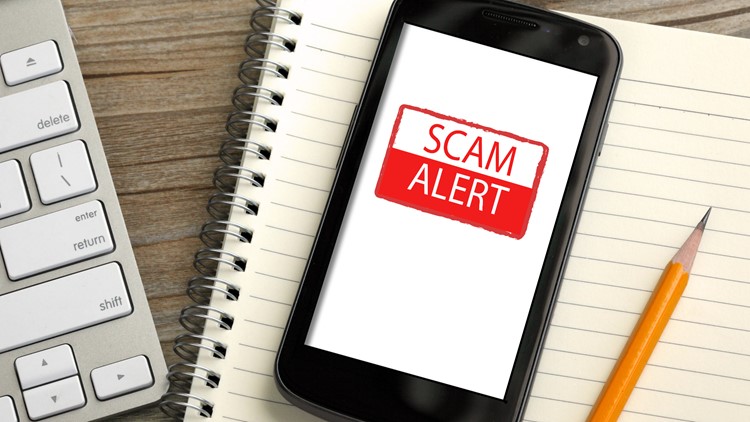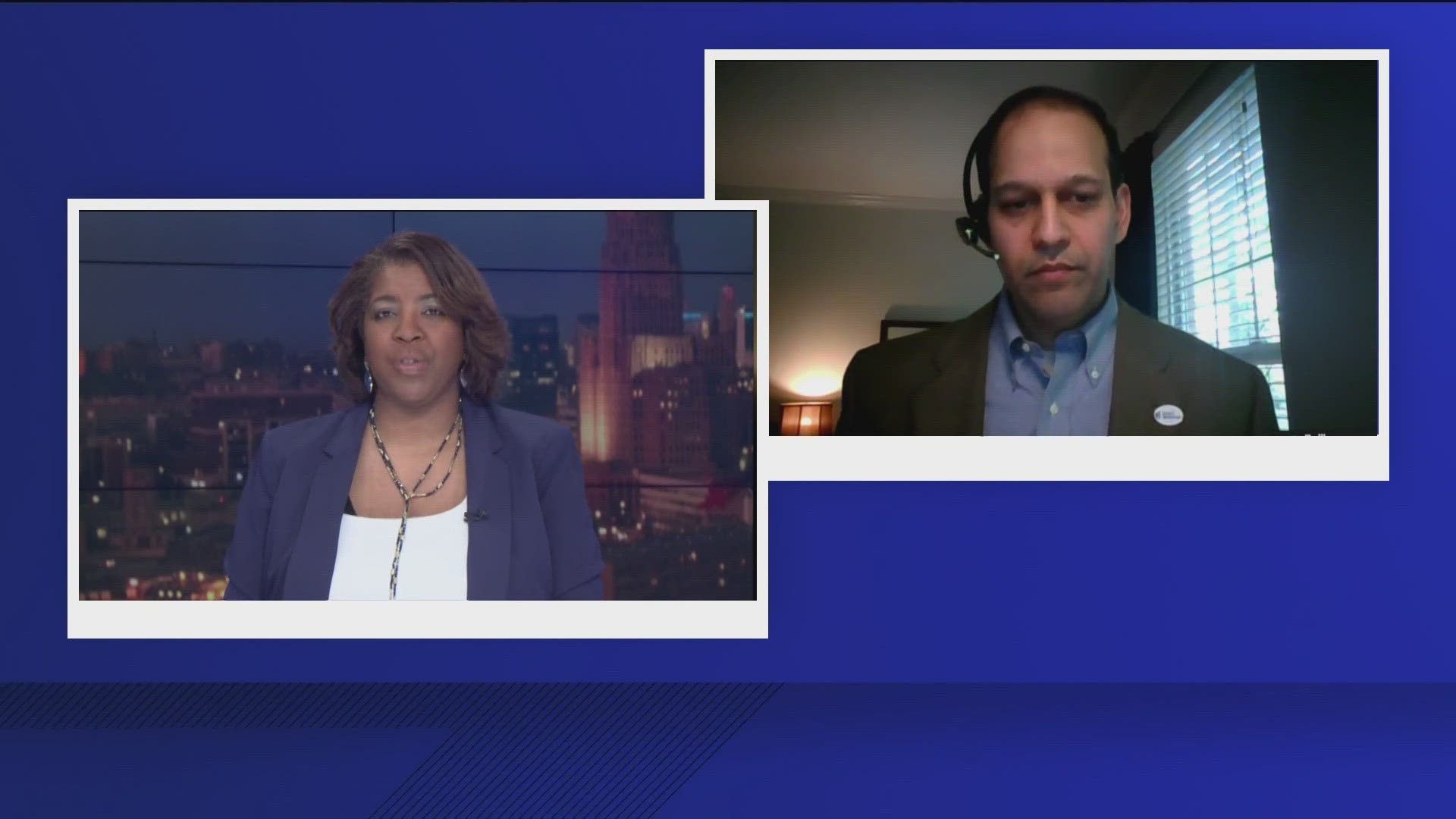NEW YORK — New Yorkers trying to confirm their vaccination status should be aware of a new text message scam.
The New York State Division of Consumer Protection and the New York State Department of Health issued a consumer alert for a text message phishing scheme that targets people who are trying to confirm their vaccination status.
These phishing texts trick people into installing malicious software onto their device to obtain data or personal information used to commit identity theft. Scammers try to steal passwords, account numbers and Social Security numbers to gain access to email, banks or other accounts.
The Division of Consumer Protections is recommending people follow some precautions to protect themselves from phishing scams:
- Do exercise caution with all communications you receive, including those that appear to be from a trusted entity. Inspect the sender’s information to confirm the message was generated from a legitimate source.
- Do keep an eye out for telltale signs of phishing - poor spelling or grammar, the use of threats, the URL does not match that of the legitimate site. If the message does not feel right, chances are it is not.
- Don't click on links embedded in an unsolicited message from an unverified source.
- Don't send your personal information via text. Legitimate businesses will not ask users to send sensitive personal information through text message.
- Don't post sensitive information online. The less information you post, the less data you make available to a cybercriminal for use in developing a potential attack or scams.
More information about phishing scams and how to avoid falling victim to them can be found at the NYS Office of Information Technology Services Phishing Awareness resources page or the Division of Consumer Protection Phishing Scam Prevention Tips page.



